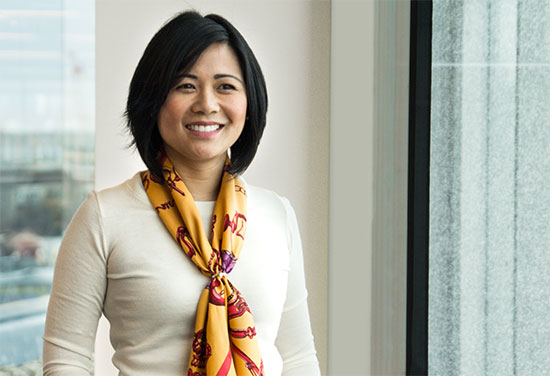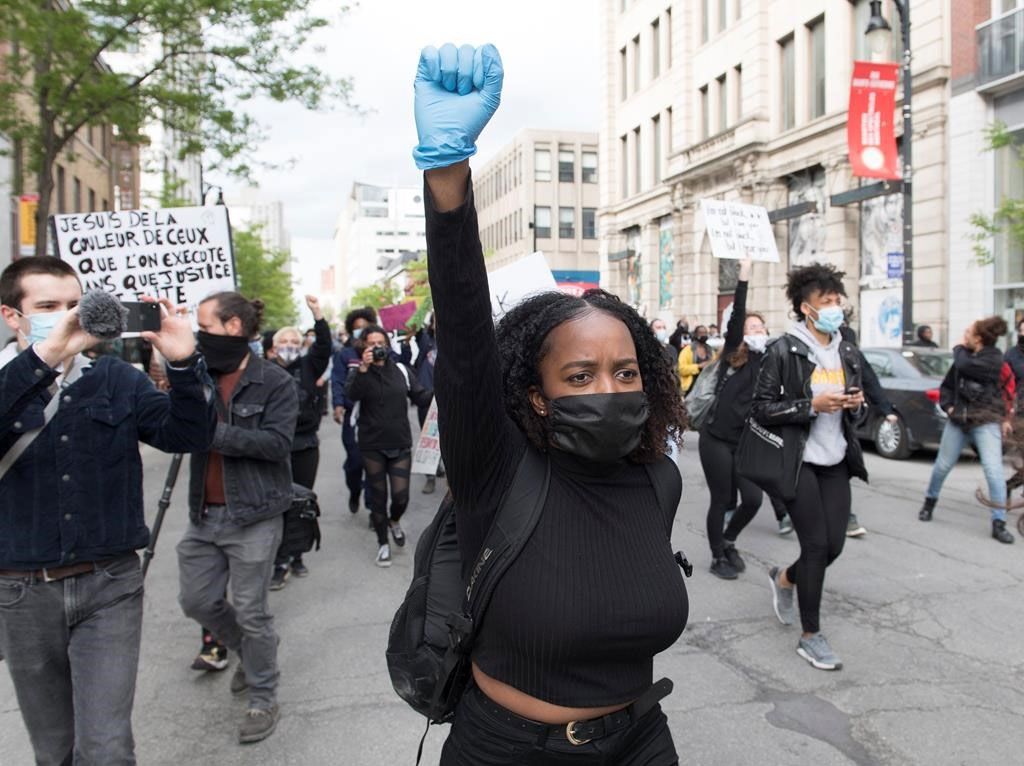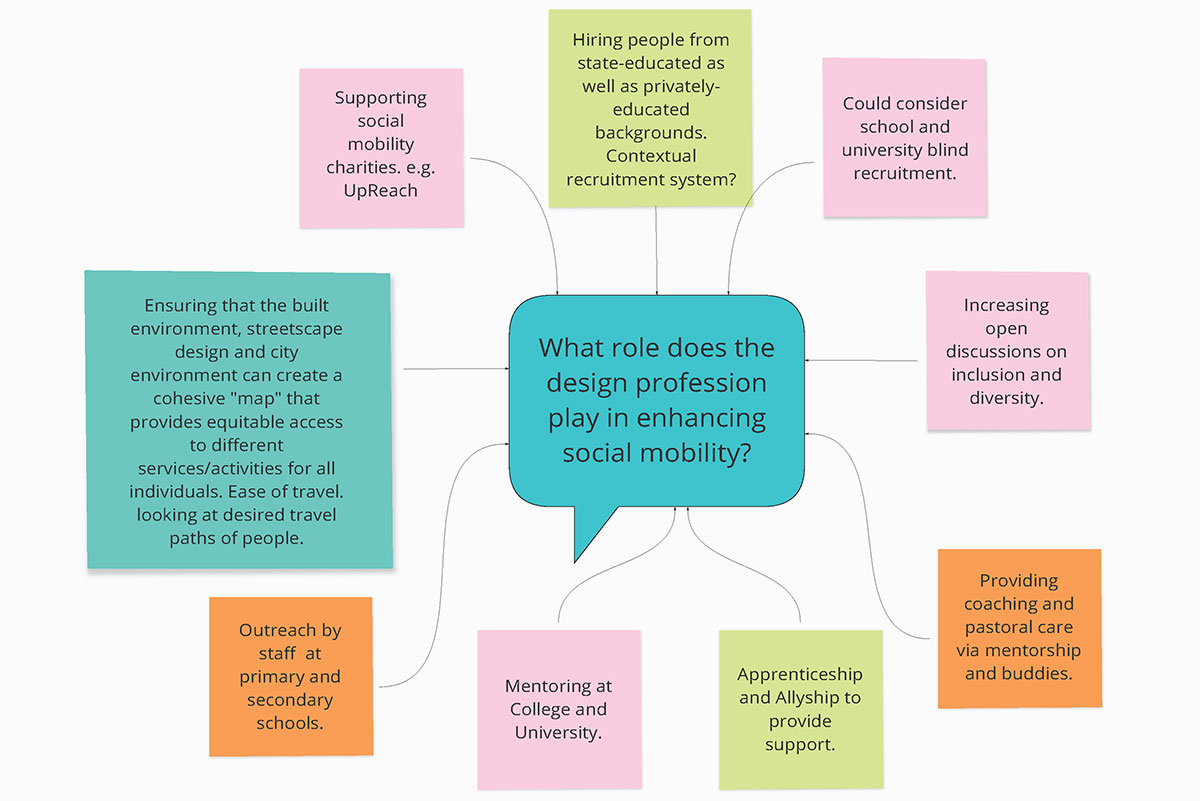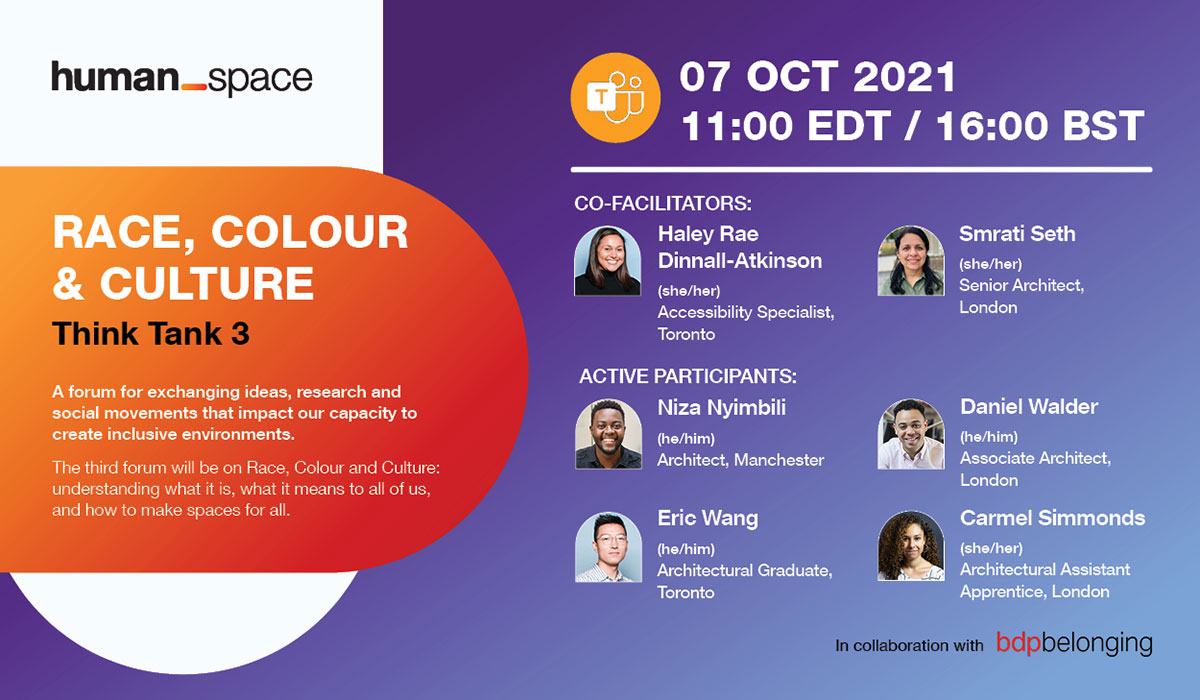#{Title}
#{Copy}
 By Lorene Casiez, Accessibility and Wellness Practice Lead at Human Space - BDP’s inclusivity design consultancy
By Lorene Casiez, Accessibility and Wellness Practice Lead at Human Space - BDP’s inclusivity design consultancy
The past 18 months have been like no other – the unimaginable grips of COVID-19, social isolation and a fear of the unknown, the death of George Floyd sparking rage and a mass awakening to systemic racism around the world, and the discovery of the remains of 215 Indigenous children buried on the grounds at the former Kamloops Indian Residential School marking tragedy of unimaginable proportions. A sense of urgency about what could we be doing better as placemakers was at the forefront of my day to day thinking. A broader understanding of inclusion, race and the need for social justice unravelled horrific truths, which lead to many moments for self-reflection and an ongoing series of unlearning and learning of our basic assumptions.

A woman raises her fist during a demonstration calling for justice for George Floyd in Montreal on Sunday, May 31, 2020. Photo by The Canadian Press/Graham Hughes
I was not alone. Through our digital reality, I could feel the palpable concern amongst my colleagues. A whole new crop of individuals were openly talking about the same issues and all at the same time. These challenging times brought together colleagues from across global regions who want to do better, to be more responsive, and desire a better understanding of different perspectives.
I was overcome by the ‘ahh-HAA’ moment that many people were leaning into – that spark of energy evolved into deep-rooted personal commitments and, importantly, an organisational commitment to understand how we could do better for our world. A group of us started to unravel the question of ‘how can we do better’? It was clear that a series of organisational and cultural explorations were required, but as a design, urbanism and architecture practice, what was our role in social justice? Do we play a role in systemic racism? What skill sets and knowledge do we need to posses collectively as an organisation to address these pressing issues? Do we have to accept the status quo when it comes to the creation of our built environment? What role does inclusive design play?
Through questioning our own assumptions, we learned that design is commonly considered from a limited perspective and has not always considered the impact or the relationship of the built environment and equity deserving groups. In our own practice, we’ve worked for decades to address the marginalization of persons with disabilities through the realisation of accessible environments and making the built environment more equitable for persons with a range of disabilities. However, how we design for broader inclusion is an ongoing discovery and learning process. Equity deserving groups face significant collective challenges to participating in society. This marginalisation has been created by attitudinal, historic, social and environmental-based identifiers such as age, ethnicity, disability, economic status, gender and gender expression, race, and/or sexual orientation.

Virtual pin up board from a Think Tank on social mobility hosted by Human Space and BDP Belonging.
We’ve learned that inclusion is broader than disability; it also includes the perspectives and voices that have been side-lined, less prioritised and not included in the past in our collective consciousness of design, from processes to decision making. Our built environment is all around us. How it is designed directly affects our daily lives and ultimately impacts our health and wellbeing.
We’ve experienced remarkable growth in our openness to better understand how our differences help strengthen our design thinking and process. There is a willingness to expand discussions around inclusive design, to better understand who we are designing for and who we are not. There is a desire to learn historical precedents and policies that have negatively affected marginalised communities and to apply a new lens to our work to avoid repeating past mistakes. I’ve seen a continuous demand from others for more understanding and desire to consider who is left out of design discourse.

Promotional banner for a Think Tank on race, colour and culture attended by BDP studio members from around the world.
To formalise the opportunity for open, honest, and safe discussions around social justice through inclusive design, Human Space in collaboration with BDP Belonging (a global network of BDP employees that represents all areas of diversity to lead cultural change) has facilitated the creation of Think Tanks. They are a forum for exchanging ideas, research, and social movements to impact our capacity to create more inclusive built environments.
We’ve had representation across global studios from all levels of leadership and backgrounds to engage in self-directed learning and self-reflection to explore what we know, what we need to unlearn, what we don’t know, and what else we need to know about facilitating inclusion through our work. These engaging discussions to date have encompassed themes of neurodiversity, race, colour, culture and social mobility, and their representations and influences in built environment. Through the lens of inclusive design processes and practices, the Think Tanks have been shaped to provide the opportunity for safe discussions and questions about what we’ve failed to consider in the past, who else should be included in our design processes and ultimately to empower ourselves and others to do better.
We’ve discovered and learned that within our everyday roles, we can drive better design and have a unique opportunity to engage with others on ways the built environment can intentionally and strategically consider a broader set of perspectives. We each exude a sphere of influence and are part of a system that has the capacity to contribute to change and social justice.